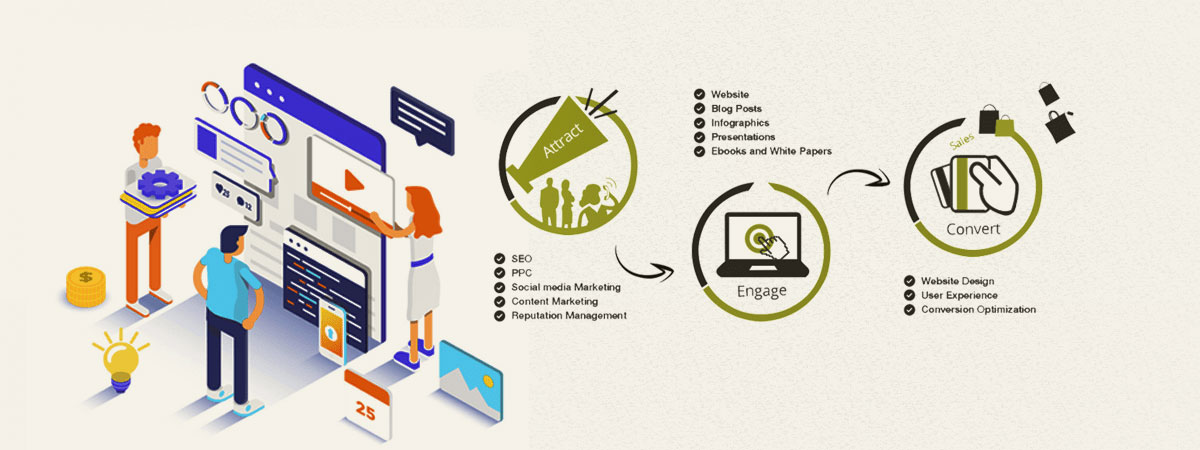Prepare To Journey Through Time And Uncover How Sites Have Ended Up Being More Innovative, Straightforward, And Visually Sensational
Prepare To Journey Through Time And Uncover How Sites Have Ended Up Being More Innovative, Straightforward, And Visually Sensational
Blog Article
Web Content Create By-Johnsen Hyldgaard
In the past, internet sites were simple and focused on details. Navigating was direct, and design was for desktop computers. Now, customer experience is key. Data guides designs for easy navigation. Responsive designs suit various tools. Today, dark setting decreases strain, and minimalist food selections enhance navigating. Interactive functions involve users, and vibrant visuals stand apart. AI combination increases engagement. See just how design has advanced to improve your on-line journey.
Early Days of Web Design
In the early days of web design, simplicity reigned supreme. Web sites were fundamental, with minimal colors, font styles, and designs. The emphasis was on providing information rather than flashy visuals. Customers accessed the internet via sluggish dial-up links, so speed and performance were vital.
Navigation menus were straightforward, generally located at the top or side of the web page. Web sites were made for desktop computers, as mobile surfing had not been yet prevalent. Web content was king, and developers focused on simple readability over intricate layout components.
click the up coming web page was the main coding language used, and developers needed to function within its restraints. Animations and interactive features were very little contrasted to today's requirements. Web sites were static, with little dynamic web content or personalized individual experiences.
Surge of User-Focused Design
With the development of site design, a change in the direction of user-focused style concepts has actually ended up being significantly prominent. Today, producing sites that prioritize customer experience is essential for involving site visitors and achieving company goals. User-focused design involves understanding the requirements, choices, and behaviors of your target audience to tailor the website's design, web content, and includes as necessary.
Developers now conduct complete study, such as customer surveys and use screening, to gather understandings and feedback directly from individuals. This data-driven strategy aids in creating user-friendly navigating, clear calls-to-action, and visually enticing user interfaces that resonate with site visitors. By placing the customer at the facility of the design procedure, internet sites can provide a more personalized and delightful experience.
Responsive style has additionally emerged as an essential aspect of user-focused layout, making sure that websites are maximized for numerous tools and display dimensions. This versatility boosts access and usability, accommodating the varied methods individuals interact with web sites today. In essence, the increase of user-focused style symbolizes a shift towards developing digital experiences that focus on the demands and expectations of completion customer.
Modern Trends in Website Design
Explore the most recent trends shaping web design today. One noticeable trend is dark mode style, supplying a smooth and modern-day appearance while minimizing eye stress in low-light settings. One more crucial pattern is minimalist navigation, simplifying menus and improving individual experience by focusing on essential elements. Including https://www.forbes.com/sites/theyec/2020/11/18/writing-for-seo-seven-tips-to-rank-higher-on-google-organically/ -interactions, such as animated buttons or scrolling impacts, can develop a much more engaging and interactive site. Responsive design remains essential, making certain smooth user experiences across numerous tools. Furthermore, using strong typography and unbalanced designs can include aesthetic rate of interest and accentuate details material.
Integrating AI technology, like chatbots for consumer assistance or tailored referrals, improves individual involvement and improves processes. Accessibility has also end up being a significant trend, with designers prioritizing inclusive layout practices to accommodate diverse customer needs. Accepting sustainability by maximizing internet site efficiency for rate and efficiency is one more arising trend in web design. Teaming up with customer feedback and information analytics to iterate and boost style continually is vital for staying relevant in the ever-evolving digital landscape. By accepting these contemporary patterns, you can develop a visually appealing, easy to use web site that resonates with your audience.
Conclusion
As you reflect on the advancement of site style from the early days to now, you can see exactly how user-focused design has ended up being the driving force behind contemporary fads.
Embrace the trip of modification and adjustment in website design, always keeping the individual experience at the center.
Stay current with the latest patterns and modern technologies, and never ever quit progressing your approach to develop visually stunning and easy to use internet sites.
Develop, adjust, and produce - the future of web design is in your hands.
